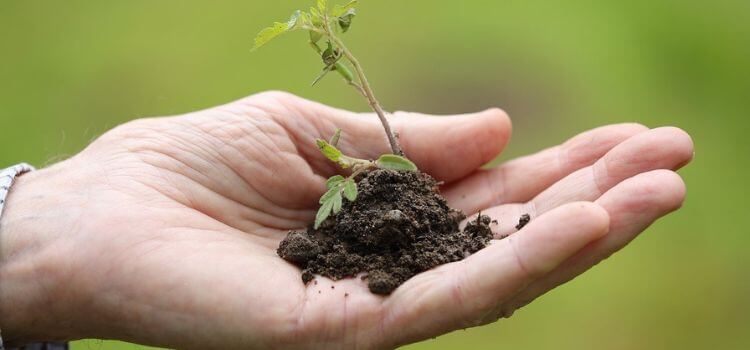As an Amazon Associate, I earn from qualifying purchases.
If you’ve been growing plants hydroponically and are now ready to transition them to soil, you might be wondering how to transplant hydroponic plants to soil. I’ve done this myself, and while it may seem tricky at first, it’s a fairly straightforward process with the right steps. Transplanting is essential when you want to move your plants to a more traditional growing environment, and it can also help them thrive long-term.
I remember feeling nervous the first time I made the switch, but after learning a few key tips, I found the process to be simple and effective. In this guide, I’ll walk you through the steps I’ve personally used to ensure a smooth transition for your hydroponic plants. Whether you’re a beginner or have some experience, this process will help your plants settle into the soil with ease. Let’s start and make that transplant a success!
Transplanting Hydroponic Plants To Soil?
Yes, you can transplant hydroponic plants to soil. Start by gradually acclimating the roots to a soil environment, ensuring proper watering and sunlight.
Transplanting hydroponic plants to soil can seem daunting. Many wonder if these delicate plants can thrive in a new environment. The good news is that you can successfully make this transition with the proper steps.
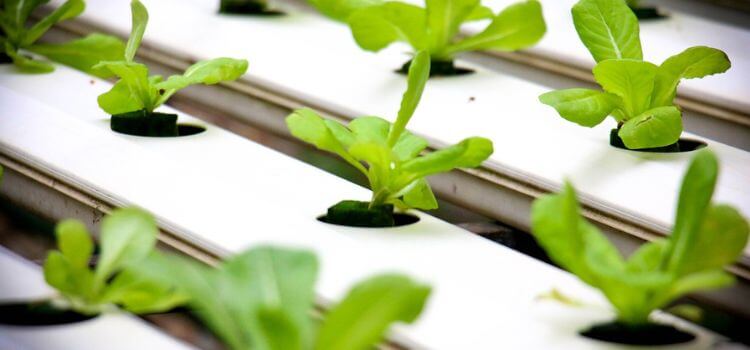
Transplanting hydroponic plants to soil offers several advantages. Here’s a look at some of the key benefits:
- Natural Growth: Soil provides a more natural environment for plant growth.
- Nutrient-Rich: Soil is rich in nutrients, which can enhance plant health.
- Lower Maintenance: Soil-based plants often require less maintenance compared to hydroponic systems.
Why Transplant Hydroponic Plants To Soil?
Transplanting hydroponic plants to soil helps them adapt to outdoor environments, promoting more robust root systems. Ensuring proper transition techniques boosts plant health and growth.
Transplanting hydroponic plants to soil opens up a world of benefits for gardeners and plant enthusiasts. Whether transitioning to the soil to enjoy the natural growing process or diversify your garden, understanding the reasons behind this move can enhance your gardening experience.
Plants often develop more robust root systems in soil. This is due to the natural resistance and nutrients found in soil environments.
- Natural resistance: Roots must navigate through the soil, which strengthens them.
- Nutrient diversity: Soil offers a broader range of nutrients than hydroponic solutions.
- Microbial activity: Beneficial microbes in soil aid in nutrient absorption and plant health.
Switching from hydroponics to soil can save money in the long run. Soil gardening requires fewer specialized materials.
Growing plants in soil is more affordable:
- Less equipment: No need for pumps, grow lights, or nutrient solutions.
- Lower maintenance costs: Soil gardens often need fewer adjustments and interventions.
- Natural fertilizers: Organic options like compost can be cost-effective.
How To Transplant Hydroponic Plants To Soil?
Gently remove hydroponic plants from their system and rinse off the roots. Please place them in soil-filled pots, ensuring the roots are covered. Water thoroughly to help plants adjust.
Transplanting hydroponic plants to soil can be a rewarding experience. You get to see your plants thrive in a new environment. This guide will walk you through the steps to ensure a smooth transition from water to soil.
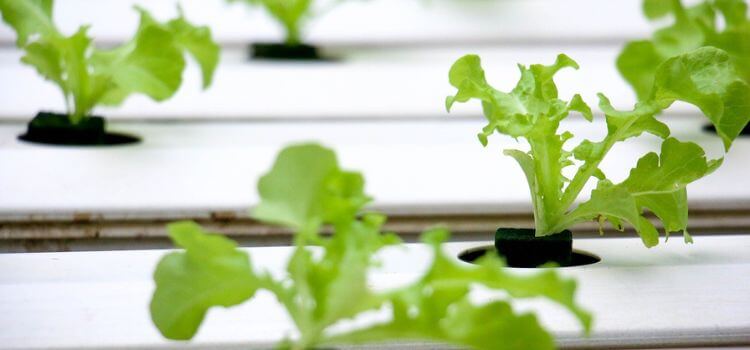
Step 1: Reduce Hydroponic Watering
Gradually reduce hydroponic watering to help plants adjust to soil conditions. This step minimizes shock and promotes healthy root development.
Transplanting hydroponic plants to soil involves careful steps to ensure a smooth transition. The first crucial step is to reduce hydroponic watering. This prepares the plants for their new environment and helps them adapt to soil conditions.
Begin by slowly reducing the amount of water your hydroponic plants receive:
- Start with a small reduction: Lower the water levels by about 25%.
- Monitor plant response: Observe how the plants react to the reduced water.
- Continue reducing: Gradually decrease water supply over a week.
Step 2: Select Proper Pots
Select pots with adequate drainage and sufficient space for root growth. Ensure the pots are clean and appropriate for the plant’s size.
Transplanting hydroponic plants to soil can be a rewarding experience. Choosing the suitable pots is crucial for a successful transition. The pots provide a stable environment, allowing the plants to adjust from water to soil.
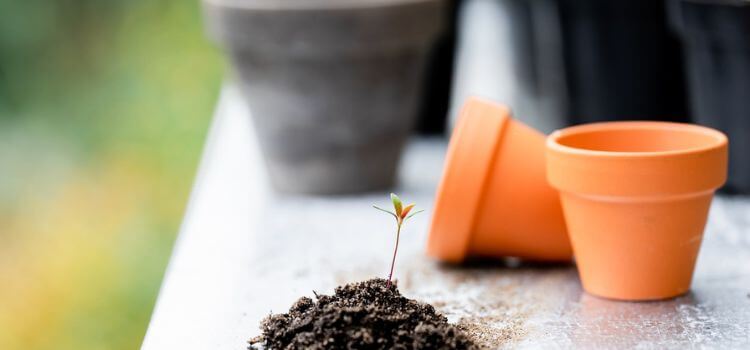
Selecting the appropriate pot size is essential for plant health. Here’s what to consider:
- Root Space: Ensure the pot has enough room for roots to spread. This prevents overcrowding and promotes healthy growth.
- Growth Potential: Choose a pot that can accommodate future growth. This reduces the need for frequent re-potting.
- Drainage: Opt for pots with drainage holes. Proper drainage prevents waterlogging and root rot.
Step 3: Soil Preparation
Preparing the soil is crucial for successfully transplanting hydroponic plants. Ensure the soil is loose, well-draining, and rich in organic matter. This provides essential nutrients and proper aeration for healthy root development.
Transplanting hydroponic plants to soil can be rewarding. One crucial step is preparing the soil to ensure a smooth transition.
Selecting suitable soil is essential. Consider the following factors:
- Texture: Look for well-draining soil to prevent root rot.
- Nutrient content: Ensure the soil is rich in essential nutrients for plant growth.
- PH level: Aim for a slightly acidic to neutral pH (6-7) for most plants.
Step 4: Make A Hole
Create a hole in the soil large enough to accommodate the plant’s root system. Ensure the depth matches the root length. This step allows the plant to settle comfortably in its new environment.
Transplanting hydroponic plants to soil can be rewarding, giving your plants a fresh start. One crucial step in this process is creating the perfect hole for your plant’s new home.
Before starting, make sure you have all the necessary tools:
- Trowel: To dig and shape the hole.
- Watering can: To moisten the soil.
- Measuring tape: To ensure the hole is the right size.
- Garden gloves: To protect your hands.
Step 5: Trim Leaves
Trim excess leaves to reduce stress on transplanted hydroponic plants. This helps the plant focus on root development. Ensure healthy growth by cutting off any damaged or yellowing leaves.
Transplanting hydroponic plants to soil can be a rewarding experience. Properly trimming the leaves is crucial for a successful transition. This step ensures that the plant focuses energy on root development rather than supporting excess foliage.
Why Trimming Leaves Is Important
Trimming the leaves before transplanting helps the plant adjust to its new environment. Here’s why it’s essential:
- Energy Conservation: Reduces the plant’s energy expenditure on excess foliage.
- Better Root Growth: Encourages the plant to develop stronger roots.
- Disease Prevention: Removes any damaged or diseased leaves, reducing the risk of infection.
How To Trim Leaves Correctly
To trim leaves effectively, follow these steps carefully:
- Use Sterile Tools: Always use clean, sharp scissors or pruners to avoid infections.
- Remove Yellow Leaves: Trim off any yellow or damaged leaves.
- Cut Above a Node: Make cuts just above a leaf node to promote new growth.
- Limit Foliage: Leave enough leaves to sustain photosynthesis but only a few to stress the plant.
Step 6: Transfer Plants Carefully
Gently remove hydroponic plants from their system. Carefully place them into pre-moistened soil to ensure a smooth transition. Ensure roots are fully covered for optimal growth.
Transferring hydroponic plants to soil can be a delicate process. Ensuring a smooth transition is essential for the health and growth of your plants. Follow these steps to make sure your plants thrive in their new environment.
Prepare The Soil
Before transferring, the soil must be well-prepared. This ensures the plants adapt quickly to their new home.
- Choose quality soil: Opt for a nutrient-rich, well-draining soil mix.
- Moisten the soil: Ensure the soil is damp but not soggy.
- Dig appropriate holes: Make holes large enough to accommodate the plant’s roots.
Handle Plants Gently
It’s crucial to handle your plants with care to prevent damage.
Gently remove the plants from their hydroponic setup. Clean the roots carefully to remove any hydroponic medium. Be sure not to tear or damage the roots in the process.
Plant Placement
Correctly placing your plants in their new environment is critical.
- Position plants carefully: Place the roots gently into the pre-dug holes.
- Fill with soil: Cover the roots with soil, ensuring no air pockets remain.
- Press soil lightly: Firm the soil around the plant to provide stability.
Step 8: Water And Monitor
Water the transplanted hydroponic plants thoroughly to help them adjust to the soil. Monitor the plants daily for signs of stress or nutrient deficiencies.
Transplanting hydroponic plants into soil can be a rewarding process, but it requires careful attention. After the initial steps, watering and monitoring your plants is crucial to their successful adaptation.
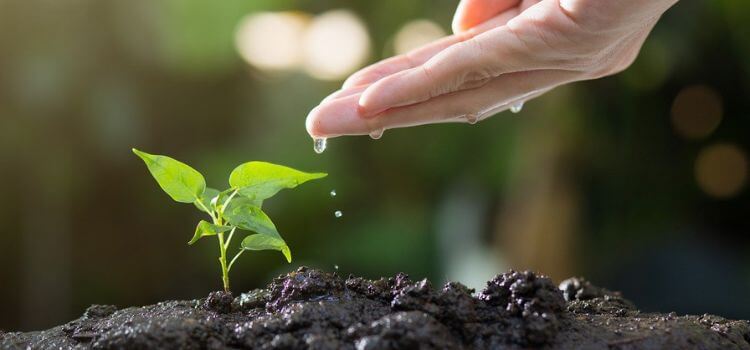
Watering Techniques
Watering your newly transplanted plants properly ensures they thrive. Here are essential watering techniques to consider:
- Initial Watering: Water the plants immediately after transplanting to settle the soil and eliminate air pockets.
- Frequency: Keep the soil moist but not waterlogged for the first week.
- Watering Depth: Ensure water reaches the root zone to encourage deep rooting.
Monitoring Plant Health
Consistently monitoring your plants helps you catch any issues early. Here’s what to look for:
Plant health can change rapidly, so keep an eye on these indicators:
- Leaf Color: Yellowing leaves may indicate overwatering or nutrient deficiency.
- Growth Rate: Stunted growth can signal improper soil conditions or lack of nutrients.
- Pests and Diseases: Regularly inspect for pests and diseases to address them promptly.
FAQ For How to Transplant Hydroponic Plants to Soil
Yes, you can transfer a hydroponic plant to soil. Gently rinse roots, plant in soil, and water well. Ensure proper sunlight and care.
Yes, you can plant the hydroponic sponge in the soil. Ensure the sponge stays moist for optimal root transition.
Transplant hydroponic plants when they develop strong roots and reach 3-4 inches in height. Ensure the new system is ready.
Transplant plants into larger hydroponic systems or containers. Prune roots and foliage to manage size. Ensure adequate nutrients and light.
Conclusion
Transplanting hydroponic plants into the soil can be simple with the proper steps. Follow the guidelines for a smooth transition. Healthy roots and proper care ensure successful growth. Enjoy the benefits of soil gardening with your hydroponic plants.
Happy gardening!

